Maybe you know something, John Snow
An outbreak of cholera in Soho, London allowed for a natural experiment to take place.

Prior to germ theory, the leading school of thought on the transmission of infectious diseases was the miasma theory,[1] which held that "bad air" travelled and infected individuals. That worked well in explaining certain airborne infectious diseases, but didn't seem to work to explain cholera.
John Snow, a physician in London, was investigating the outbreak in 1854 around Broad Street in Soho. Snow's hypothesis was that cholera was spread not through "bad air" but through other media, such as water. He mapped the cases of cholera throughout the neighbourhood, and found that they were clustered around a single water pump. Oddly enough, those employed by the nearby brewery did not contract cholera, with Snow hypothesising that their consumption of their beer allowance meant they did not drink well-water.[2]
At this time, the London sewer system had not yet been extended to Soho, and instead residents had cesspits[3] which were emptied manually into the Thames. It turns out that the well feeding the Broad Street pump was contaminated by a leaky old cesspit, dug only about a metre away from the well.
As with many medical discoveries in the 19th century, the germ theory of disease was rejected by the authorities at the start.[4] Only when Louis Pasteur demonstrated in a lab environment that microbes could be isolated and cause diseases, about ten years later, did germ theory become accepted.
https://en.wikipedia.org/wiki/1854_Broad_Street_cholera_outbreak. ↩︎
Literal pits where waste is dumped. ↩︎
Such as Semmelweis pointing out that doctors who performed autopsies prior to delivering babies seemed to kill patients. They weren't washing their hands - crazy, I know. ↩︎





